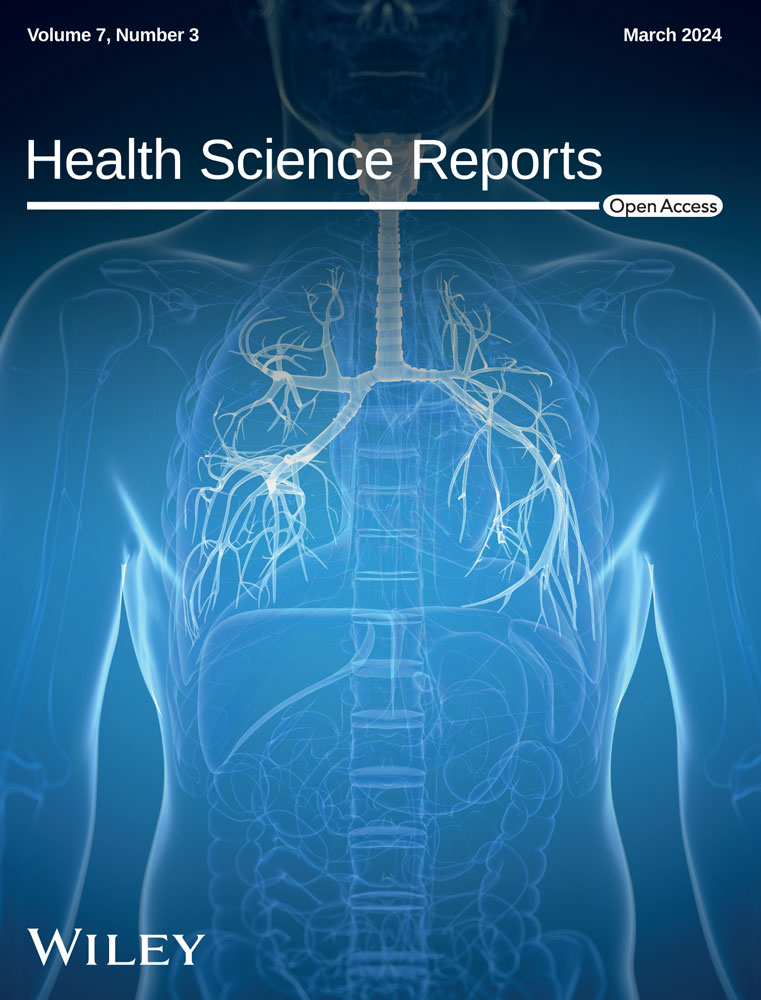To assess the contributing factors of nutritional and health status amongst elderlies residing in the nursing homes of fars province, Iran: A cross sectional study
Abstract
Background and Aims
In line with the global trend, the number of elderly is rising in Iran. It should be noted that the nutritional and health needs of these people, especially those living in nursing houses, are extremely significant. The present study aimed to identify the nutritional and health status and uncover their relationship with received care services by elderlies residing in nursing homes.
Methods
All 373 elderlies living in the nursing homes in Shiraz entered the study, and the requisite data were collected by references to elderlies' files, respective nurses, and elderlies themselves.
Results
The majority of the elderlies were at risk of malnutrition (62.5% of the total population, 55.4% of females, and approximately 44.6% of males). Elderlies with no insurance coverage mainly fell into the at-risk and malnutrition categories. There was a significant relationship between the needs assessment scores, reflecting the need for physical and psychological actions, and elderlies' malnutrition (odds ratio = 1.87, 95% confidence interval: 1.79−1.95). For each unit increase in the Physical and psychological need score, the odds of exposure to malnutrition (vs. nonmalnourished and at risk of malnutrition) was 1.87 times after adjustment for confounders.
Conclusion
The results of our study revealed that most of the elderlies living in the nursing homes of Shiraz had some levels of malnutrition such as at-risk for malnutrition (62.5%) and malnourished (18.9%). Based on these results, it is suggested that health policy-makers take practical steps toward promoting the nutritional care of old people and direct extra supervision to nursing homes and all healthcare provisions.
CONFLICT OF INTEREST STATEMENT
The authors declare no conflict of interest.
Open Research
DATA AVAILABILITY STATEMENT
The data used to support the findings of this study are available from the corresponding author upon request.




